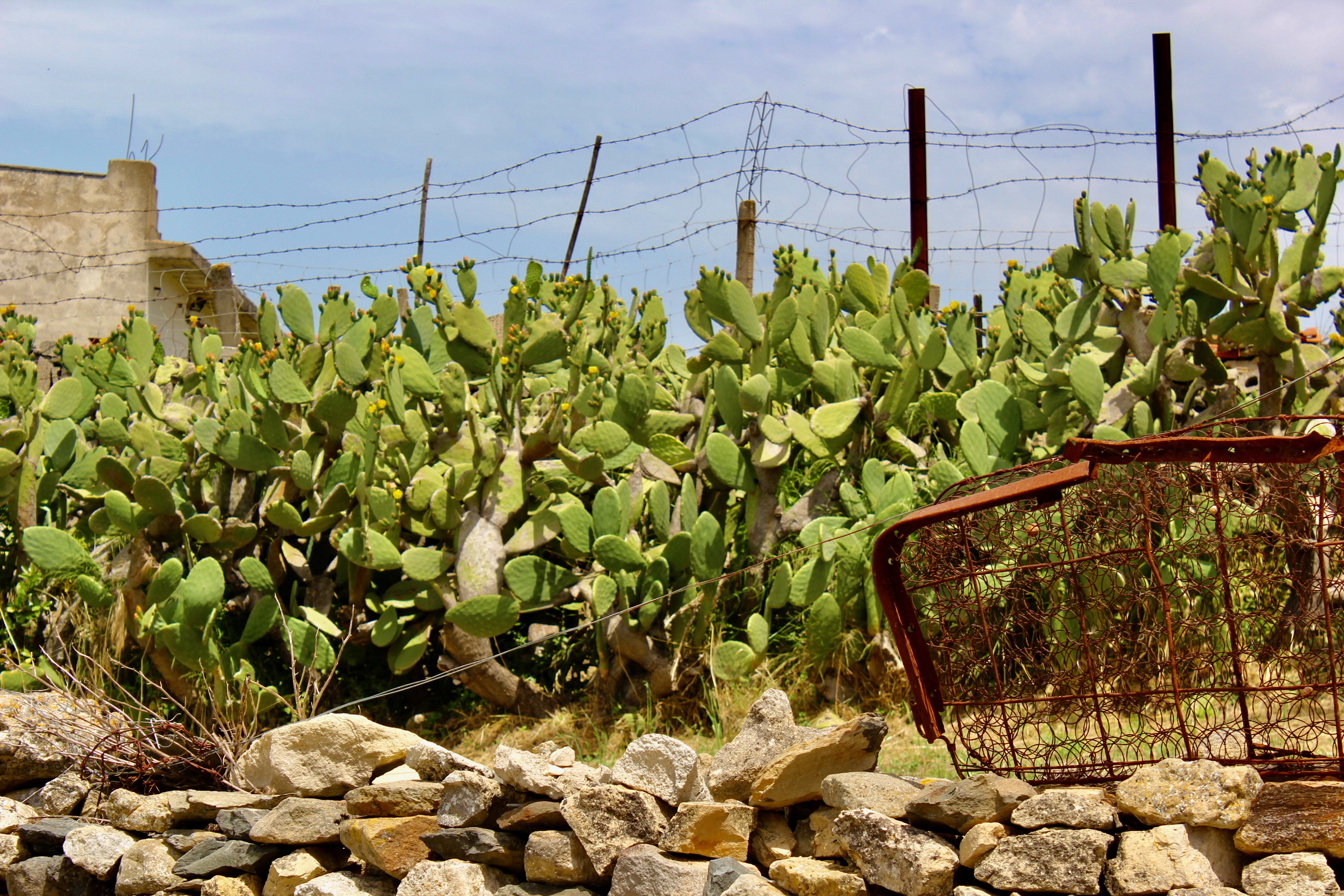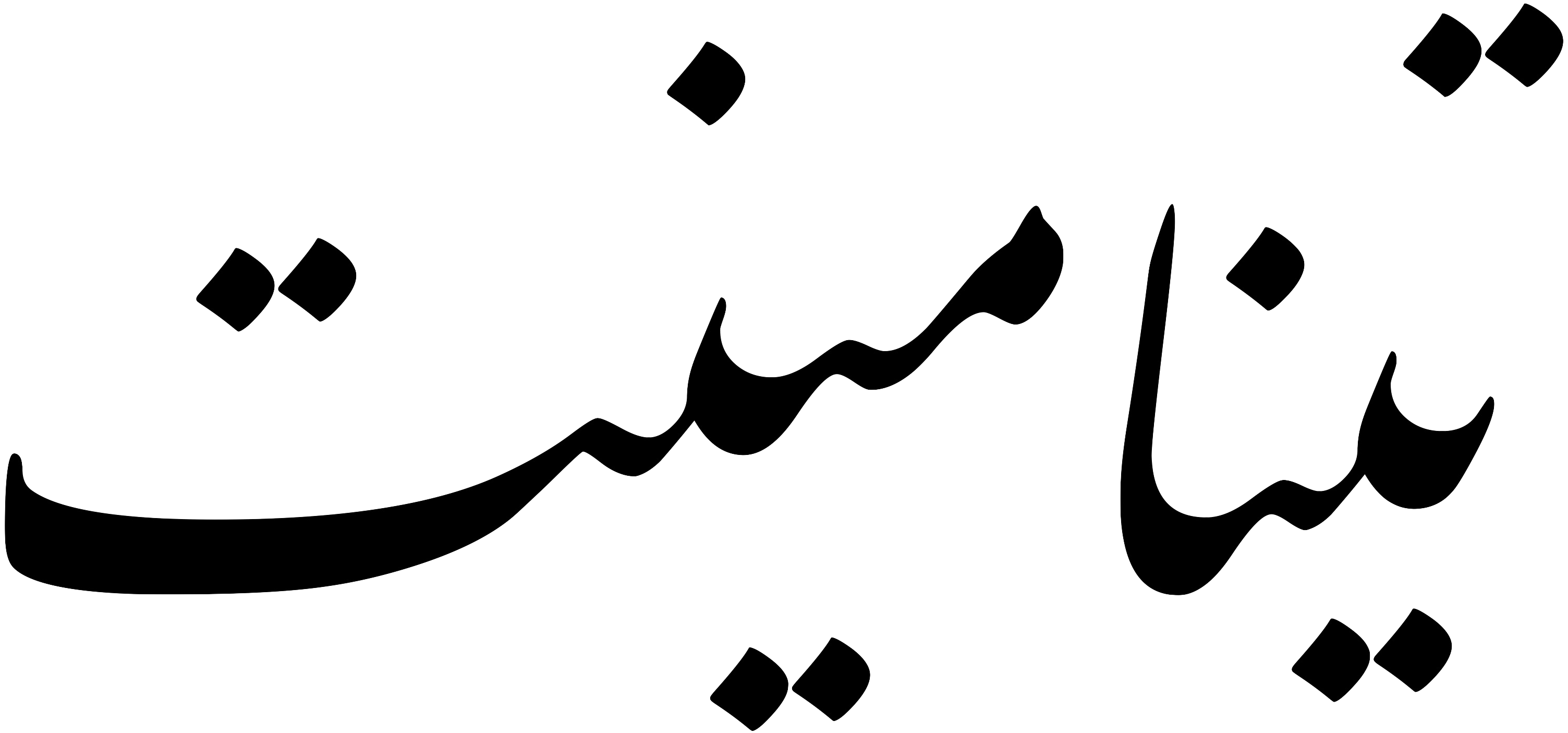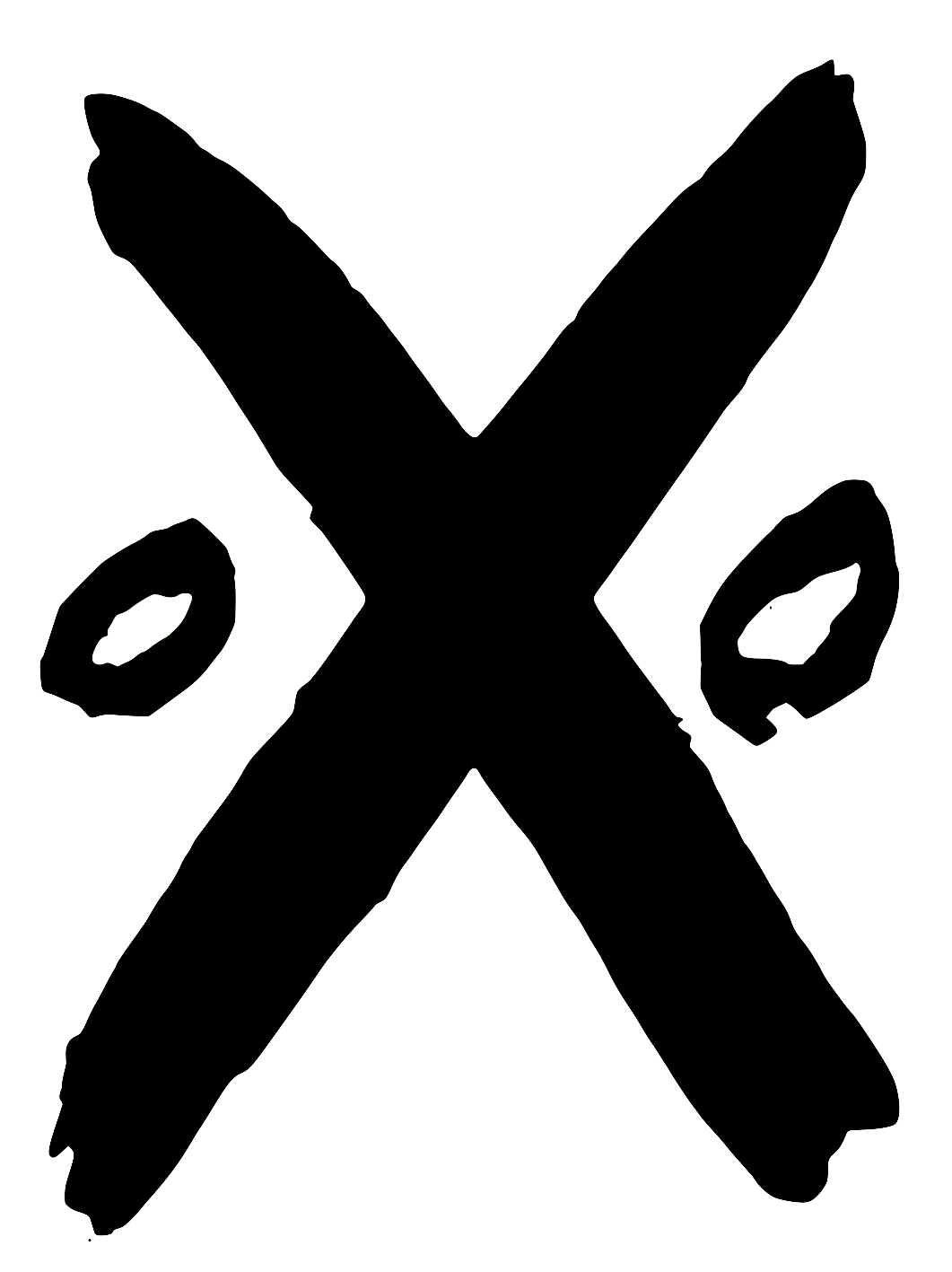

Milo Thesiger-Meacham,
Opuntia cacti / Prickly Pear Cacti,
© 2019.
Opuntia cacti / Prickly Pear Cacti,
© 2019.
Audible Heat
Milo Thesiger-Meacham
Tenement Press #17
978-1-917304-05-4
127pp
£12.50
ORDER DIRECT FROM TENEMENT HERE
FOR THE WORLD SERVICE COMPACT DISC RELEASE, SEE HERE
Published 28th February 2025
A manuscript shortlisted for the inaugural edition
of the Prototype Prize, 2024, a eulogy to the sonic
influence and cultural inferences of the sound of the
cicada. A train of thought on the multiform significations
and significance of the cicada’s buzz and hum; a dissection
and deconstruction of the insect as emblem; a wild and
associative suite of fragments on the evocations of
background noise when brought to the fore.
Milo Thesiger-Meacham
Tenement Press #17
978-1-917304-05-4
127pp
£12.50
ORDER DIRECT FROM TENEMENT HERE
FOR THE WORLD SERVICE COMPACT DISC RELEASE, SEE HERE
Published 28th February 2025
A manuscript shortlisted for the inaugural edition
of the Prototype Prize, 2024, a eulogy to the sonic
influence and cultural inferences of the sound of the
cicada. A train of thought on the multiform significations
and significance of the cicada’s buzz and hum; a dissection
and deconstruction of the insect as emblem; a wild and
associative suite of fragments on the evocations of
background noise when brought to the fore.

Two flies, pitchshifting
(Thesiger-Meacham).
Milo Thesiger-Meacham’s Audible Heat is a rich, meditative ecotone of ideas; a nimble and associative work of essayism that aims to map a reticulated cultural biography of the sound of the cicada. Equal parts academic argument, travelogue, and critical collage, this synthesis of ideas pulls upon a wide-ranging bibliography of materials to examine the omnipresent sound of the cicada as ‘audible heat’ throughout human history and culture. Herein, this climatic sound acts as a conduit between ecology, identity and mortality, and the cicada’s sonic inference emerges as a codification of the unknown and unfamiliar—as a spiritual weathervane in desert settings—and as a means of teasing out the sensorial limits of human understanding.
Thesiger-Meacham sits himself in a field of enquiry and in dialogue with voices various, ancient, and modern, such as Douglas Yanega of the University of California, folk musician Matthias Loibner, and Gene Kritsky, developer of Cicada Safari (see here), a public app which tracks the mass emergence of periodical cicadas across North America, in a transversal network of interlinked, informational nodes.
![]()
Herein, we’ve the sonic-induced anxieties of 17th, 18th and 19th-century colonists in Northeastern America—notably the largely unknown career of entomologist Margaretta Morris—and the apocalyptic premonitions of the indigenous Wampanoag; Greek tongue twisters; the poetry of Ibn Quzmān and Harry Crosby; African American mathematician Benjamin Banneker’s lost wooden clock; Socrates's fear of dehydration; the geopolitical tensions embedded in Southern Spain as Al-Andalus (سُلَدْنَألا); Plato’s Phaedrus; a history of the hurdy-gurdy; Geronimo’s hatred of telegraphy; contemporary and historical entomologies; the slurred, slow body language of Clint Eastwood; insects on the film sets of Sergio Leone's Spanish Westerns; squinting; tanning; metamorphosis; acts of violence in Once Upon a Time in the West (1968); military reenactments of the Battle of Marathon (circa 490BCE); the botanist Donald C. Peattie’s existential dread; ancient cooking implements; riverside trees, hills, and their symmetric reflections in still water... All ideas emanating from the acoustical atmospherics inherent to the cicada’s song.
For the attention of ‘brick & mortar’ bookshops,
order copies of Thesiger-Meacham’s Audible Heat
via our distributor, Asterism Books.
(Thesiger-Meacham).
Milo Thesiger-Meacham’s Audible Heat is a rich, meditative ecotone of ideas; a nimble and associative work of essayism that aims to map a reticulated cultural biography of the sound of the cicada. Equal parts academic argument, travelogue, and critical collage, this synthesis of ideas pulls upon a wide-ranging bibliography of materials to examine the omnipresent sound of the cicada as ‘audible heat’ throughout human history and culture. Herein, this climatic sound acts as a conduit between ecology, identity and mortality, and the cicada’s sonic inference emerges as a codification of the unknown and unfamiliar—as a spiritual weathervane in desert settings—and as a means of teasing out the sensorial limits of human understanding.
Thesiger-Meacham sits himself in a field of enquiry and in dialogue with voices various, ancient, and modern, such as Douglas Yanega of the University of California, folk musician Matthias Loibner, and Gene Kritsky, developer of Cicada Safari (see here), a public app which tracks the mass emergence of periodical cicadas across North America, in a transversal network of interlinked, informational nodes.

Herein, we’ve the sonic-induced anxieties of 17th, 18th and 19th-century colonists in Northeastern America—notably the largely unknown career of entomologist Margaretta Morris—and the apocalyptic premonitions of the indigenous Wampanoag; Greek tongue twisters; the poetry of Ibn Quzmān and Harry Crosby; African American mathematician Benjamin Banneker’s lost wooden clock; Socrates's fear of dehydration; the geopolitical tensions embedded in Southern Spain as Al-Andalus (سُلَدْنَألا); Plato’s Phaedrus; a history of the hurdy-gurdy; Geronimo’s hatred of telegraphy; contemporary and historical entomologies; the slurred, slow body language of Clint Eastwood; insects on the film sets of Sergio Leone's Spanish Westerns; squinting; tanning; metamorphosis; acts of violence in Once Upon a Time in the West (1968); military reenactments of the Battle of Marathon (circa 490BCE); the botanist Donald C. Peattie’s existential dread; ancient cooking implements; riverside trees, hills, and their symmetric reflections in still water... All ideas emanating from the acoustical atmospherics inherent to the cicada’s song.
For the attention of ‘brick & mortar’ bookshops,
order copies of Thesiger-Meacham’s Audible Heat
via our distributor, Asterism Books.

Top—A cicada in the author’s hand.
Middle—Clint Eastwood on the set of Sergio Leone’s
Il buono, il brutto, il cattivo / The Good, the Bad, and the Ugly (1966).
Bottom—Crew lowering the skeleton of an unknown actress into a casket,
Sad Hill Cemetery, on the set of Leone’s Il buono, il brutto, il cattivo /
The Good, the Bad, and the Ugly (1966), circa 1964.
Below—An illustrative plate excerpted from Peter Collinson’s essay
entitled ‘Some Observations on the Cicada of North America,’ as
published in the Philosophical Transactions of the Royal Society of
London (New Year’s Day, 1764).
As precedent to this publication, Thesiger-Meacham‘s Audible Heat was commissioned for broadcast by Radiophrenia at the Centre for Contemporary Arts, Glasgow, September 2023; as a marker for the radiophonic history of this work, the Tenement Press edition of Audible Heat publishes in tandem with a CD release from WORLD SERVICE, a record label for direct-to-disc avant-radio works.
Forthcoming 12.03.25.
![]()
Middle—Clint Eastwood on the set of Sergio Leone’s
Il buono, il brutto, il cattivo / The Good, the Bad, and the Ugly (1966).
Bottom—Crew lowering the skeleton of an unknown actress into a casket,
Sad Hill Cemetery, on the set of Leone’s Il buono, il brutto, il cattivo /
The Good, the Bad, and the Ugly (1966), circa 1964.
Below—An illustrative plate excerpted from Peter Collinson’s essay
entitled ‘Some Observations on the Cicada of North America,’ as
published in the Philosophical Transactions of the Royal Society of
London (New Year’s Day, 1764).
As precedent to this publication, Thesiger-Meacham‘s Audible Heat was commissioned for broadcast by Radiophrenia at the Centre for Contemporary Arts, Glasgow, September 2023; as a marker for the radiophonic history of this work, the Tenement Press edition of Audible Heat publishes in tandem with a CD release from WORLD SERVICE, a record label for direct-to-disc avant-radio works.
Forthcoming 12.03.25.

A wonderful bringing together of natural and cultural histories.
Tom McCarthy
Thesiger-Meacham curates [a] considerable research in an unlaboured way, and expresses it in a cool, detached tone—though opening and closing anecdotes about his own relationship to the subject matter give the whole endeavour a warmly personal frame.
Lucy Thraves,
The Wire
‘Each mortal thing,’ writes Gerard Manley Hopkins, ‘does one thing and the same’ ...
Deals out that being indoors each one dwells;
Selves—goes itself; myself it speaks and spells,
Crying Whát I dó is me: for that I came.
But in Audible Heat, Milo Thesiger-Meacham elegantly and categorically refutes this idea and, in a text both singular and pluralistic, uncovers for us a creature which seems to speak of everything but itself. This mind-boggling encyclopaedic essay ranges across continents and cultural histories to offer us quietly radical termite art of a kind that Manny Farber would approve, nibbling omnidirectionally at the edges of philosophy, entomology, anthropology, poetry, music, film and diverse technologies.
In this synthesis of electric intellectual impulses and nimbly novel insights, sound looms large: like a latterday Langland the author “wente wide in this world wondres to here” only to find in a sound at once familiar and uncanny, eternal and pregnant with anticipation and dread, a hall of mirrors for the restless human soul. Like the sun, the cicada looms like likeness itself and we are led down garden paths that form a maze of amazing information, suggestion and nuance.
Armchair amateurs, we expect a traveller’s tales to feature monsters or larger than life extensions of their own id (giant sloths, Blemmyes, overwhelming flocks of wild geese) but this is a more modest affair, pitched at a scale where the human is not just always discernible but gently and incisively illuminated. It also speaks of the limits of species entrainment, of our faltering efforts at empathic behaviour, and tells us a lot about how we act in relation to other creatures, how culture sits with nature. Perhaps more important is how it subtly suggests how we should or might act.
Ed Baxter
A work of great refinement and intelligence, entailing some beautifully crafted surprises.
Elizabeth Price
Almost Borgesian in the levity by which it seems effortlessly to embody encyclopaedic multitudes, Audible Heat deploys multiple perspectives to explore its themes. Of course it does: its agent provocateur—the cicada—not only has compound eyes, it also has five optical units. So, while scalar and focus shift are central to Thesiger-Meacham’s project, the author never loses sight of, nor respect for, his galvanising subject.
As the temperature rises on his investigation, moving from Sergio Leone’s Spanish Westerns to Socrates and beyond, we understand—and appreciate—the intricate assembly of fragments, quotations and images that factor in distance, as much as intimacy, as an engine to the work. Founded on an attentive silence, a patient accretion of time spent in both actual and meditative spaces (strategies we should surely also apply in our encounter here) Audible Heat balances both the warmth of genuine passion for its material with a controlled and “cool” gaze that makes for a singular outcome.
It's time to listen to the page; really listen.
Go closer. Closer, still.
Gareth Evans
Beautifully written.
Bhanu Kapil
![]()
Milo Thesiger-Meacham is an artist, composer, performer, broadcaster, and artistic director of the community arts radio stations Resonance FM and Resonance Extra. In 2022 he was commissioned by the European Capital of Culture to create ‘Body Edit Mind,’ a twenty-two-hour long audio work comprising six thousand discrete pieces of found material, and he has worked on solo and group projects for Tate Modern, The V&A Museum, the Centre for Contemporary Arts Glasgow, London and Paris Fashion Weeks, Radiophrenia, Café OTO, Iklectik, Tenement Press, the European Poetry Festival, Waste Paper Opera, Lewisham Arthouse, Radio Revolten, IvyNODE & Tierra Vivente, Echoraeume amongst others.
See here for details on the 2024 edition of the Protoytpe Prize—judged by McCarthy, Price & Kapil—and co-run by Jess Chandler (Prototype) and Rory Cook (Monitor).
Tom McCarthy
Thesiger-Meacham curates [a] considerable research in an unlaboured way, and expresses it in a cool, detached tone—though opening and closing anecdotes about his own relationship to the subject matter give the whole endeavour a warmly personal frame.
Lucy Thraves,
The Wire
‘Each mortal thing,’ writes Gerard Manley Hopkins, ‘does one thing and the same’ ...
Deals out that being indoors each one dwells;
Selves—goes itself; myself it speaks and spells,
Crying Whát I dó is me: for that I came.
But in Audible Heat, Milo Thesiger-Meacham elegantly and categorically refutes this idea and, in a text both singular and pluralistic, uncovers for us a creature which seems to speak of everything but itself. This mind-boggling encyclopaedic essay ranges across continents and cultural histories to offer us quietly radical termite art of a kind that Manny Farber would approve, nibbling omnidirectionally at the edges of philosophy, entomology, anthropology, poetry, music, film and diverse technologies.
In this synthesis of electric intellectual impulses and nimbly novel insights, sound looms large: like a latterday Langland the author “wente wide in this world wondres to here” only to find in a sound at once familiar and uncanny, eternal and pregnant with anticipation and dread, a hall of mirrors for the restless human soul. Like the sun, the cicada looms like likeness itself and we are led down garden paths that form a maze of amazing information, suggestion and nuance.
Armchair amateurs, we expect a traveller’s tales to feature monsters or larger than life extensions of their own id (giant sloths, Blemmyes, overwhelming flocks of wild geese) but this is a more modest affair, pitched at a scale where the human is not just always discernible but gently and incisively illuminated. It also speaks of the limits of species entrainment, of our faltering efforts at empathic behaviour, and tells us a lot about how we act in relation to other creatures, how culture sits with nature. Perhaps more important is how it subtly suggests how we should or might act.
Ed Baxter
A work of great refinement and intelligence, entailing some beautifully crafted surprises.
Elizabeth Price
Almost Borgesian in the levity by which it seems effortlessly to embody encyclopaedic multitudes, Audible Heat deploys multiple perspectives to explore its themes. Of course it does: its agent provocateur—the cicada—not only has compound eyes, it also has five optical units. So, while scalar and focus shift are central to Thesiger-Meacham’s project, the author never loses sight of, nor respect for, his galvanising subject.
As the temperature rises on his investigation, moving from Sergio Leone’s Spanish Westerns to Socrates and beyond, we understand—and appreciate—the intricate assembly of fragments, quotations and images that factor in distance, as much as intimacy, as an engine to the work. Founded on an attentive silence, a patient accretion of time spent in both actual and meditative spaces (strategies we should surely also apply in our encounter here) Audible Heat balances both the warmth of genuine passion for its material with a controlled and “cool” gaze that makes for a singular outcome.
It's time to listen to the page; really listen.
Go closer. Closer, still.
Gareth Evans
Beautifully written.
Bhanu Kapil

Sergio Leone, on the set of
C’era una volta il west /
Once Upon a Time in the West (1968).
C’era una volta il west /
Once Upon a Time in the West (1968).
Milo Thesiger-Meacham is an artist, composer, performer, broadcaster, and artistic director of the community arts radio stations Resonance FM and Resonance Extra. In 2022 he was commissioned by the European Capital of Culture to create ‘Body Edit Mind,’ a twenty-two-hour long audio work comprising six thousand discrete pieces of found material, and he has worked on solo and group projects for Tate Modern, The V&A Museum, the Centre for Contemporary Arts Glasgow, London and Paris Fashion Weeks, Radiophrenia, Café OTO, Iklectik, Tenement Press, the European Poetry Festival, Waste Paper Opera, Lewisham Arthouse, Radio Revolten, IvyNODE & Tierra Vivente, Echoraeume amongst others.
See here for details on the 2024 edition of the Protoytpe Prize—judged by McCarthy, Price & Kapil—and co-run by Jess Chandler (Prototype) and Rory Cook (Monitor).





